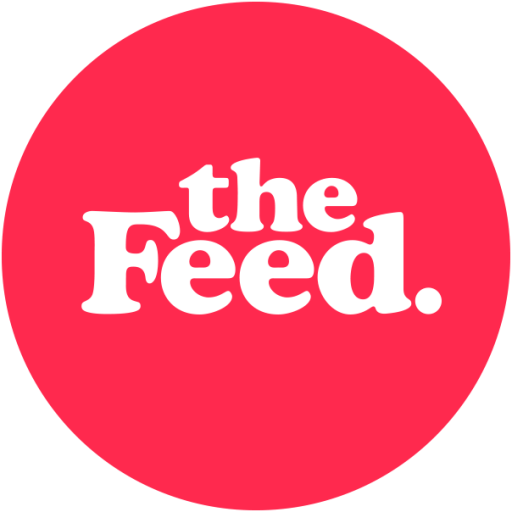Interest in plant-based eating has been developing for some time, due to ongoing innovation in foods, beverages and ingredients as well as consumer interest in health, sustainability, ethics and broad consumer lifestyle trends towards cleaner living.
As part of these bigger trends, plant-based milk alternatives are increasingly moving from their status as disruptors to the mainstream. Pea milk is a plant-based milk extracted from yellow peas, a legume found mostly in parts of Asia, North Africa, and Southern Europe. Industry watchers predict the pea milk market is likely to grow dramatically due to its higher nutritional benefits compared to almond milk and soy milk. The pea milk market is expected to move due to various other benefits over conventional milk alternative products.
Taste and dietary profile
Pea milk contains nutritional components such as vitamin D, protein, fat, and calcium and provides 50% more calcium and half the quantity of saturated fat than some other milk alternatives.
Factors driving or inhibiting growth
In 2017 the number of US children aged under 5 years old was 23.3 million, according to the US Census Bureau. By 2026 this number is expected to grow to 24 million. This mini toddler boom could play a major driving factor in the pea milk market.
Another trend is a growing preference among parents towards vegan milks that do not contain lactose, soy, gluten, and are non-GMO. According to the National Center for Biotechnology Information, the world’s vegan population is expected to increase by 17% across the globe
Various US supermarkets such as Publix, Shaw’s, Safeway and others have incorporated pea milk products into their aisle lines which is shifting consumer focus towards pea milk compared with other milk alternatives.
A 2019 Innova Market Insights Consumer Survey indicated that 35 percent of consumers would prefer a mix of plant and animal products, while 22 percent would prefer 100 percent plant-based options. Pea milk market is totally vegan, and is exclusive to any animal origin.
One of the major factors which is expected to hamper the pea milk market during the forecast period is the cost of pea milk products which is about 35 to 40% higher than other milk alternative products. For instance, the 48 FL oz. packet of pea milk is US$ 4.31, while the same packet for soy milk is US$ 2.21. This pricing difference is due to the high extraction and operating cost of pea milk.
Market Players
Europe and North America is expected to be the most attractive market for pea milk throughout the forecast period from 2018 to 2025, while Asia Pacific is expected to be the fastest growing region for the pea milk market, due to increase in consumer demand for lactose free products coupled with non-GMO products in milk consumption.
Liberalisation of foreign direct investment (FDI) throughout the food segment, diet diversification, and rapid urbanisation is expected to be other factors for the growing demand for vegan milk products in Asia Pacific. The pea milk sector in particular is expected to grow due to its major health benefits over cow or goat milk, such as resolving the problems of calorie concerns, lactose intolerance, prevalence of hypercholesterolemia, and cow milk allergy among others.
The market for pea milk products is also expected to benefit from various investments from major market players in and outside the food and the beverage industry. The alternative protein industry raised $3.1 billion in investments in 2020 – three times more than in any single year in the industry’s history. In 2015, Google and other venture capitalists invested in Ripple Foods, who manufacture pea milk products, for over US$ 45 million.
Source: Kenneth Research



